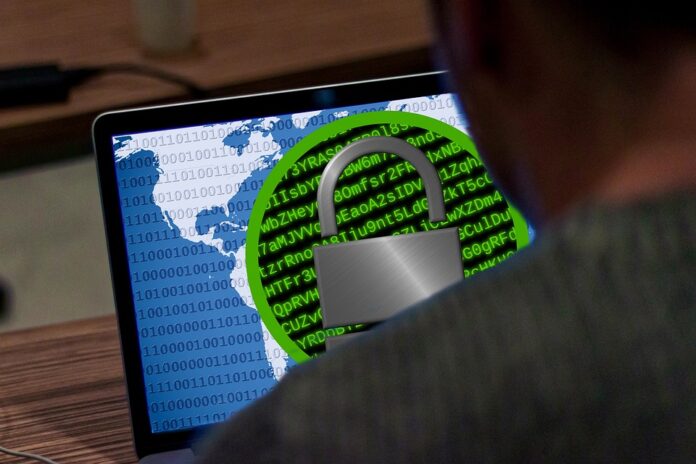Cybercrime has grown into a major issue in today’s digital era, endangering individuals, businesses, and even governments. The methods and tactics used by cybercriminals to carry out their crimes are always evolving in response to the advancements in knowledge. Cybercrime forensics, the process of identifying and tracking down cybercriminals via the examination of digital evidence, comes into play in such situations.
Cybercrime Forensics: A Comprehensive Overview
Computer science, law, and criminal investigation all come together in cybercrime forensics. Data collection and analysis encompasses a wide range of mediums, including but not limited to computers, mobile devices, networks, and cloud storage. Forensic investigators may piece together digital crime scenes, identify offenders, and gather evidence for prosecution by analyzing this digital evidence.
How Forensic Tools and Techniques Work
Quite a few tools and techniques are relied upon by forensic investigators in order to carry out fruitful investigations into cybercrime. These tools can range from specialized software programs that can retrieve data from electronic devices to sophisticated data analysis techniques that can find patterns in digital evidence. Forensic investigators must also follow certain procedures and guidelines to guarantee that digital evidence may be used in court.
New Difficulties in Cybercrime Investigations
There are still many obstacles in cybercrime forensics, despite advances in forensic tools and techniques. Forensic investigators have a hard time keeping up with the most recent methods and tactics used by hackers since cyber dangers are always changing. It may be difficult to track down cybercriminals, especially if they operate across international borders, because to the anonymity and global reach of the web.
Cybercrime Forensics and Its Importance
The field of cybercrime forensics is crucial in the fight against cybercrime and in bringing those responsible for cybercrime to justice. Police agencies and other law enforcement agencies rely on forensic investigators to help them convict cybercriminals and prevent similar crimes in the future by identifying and analyzing digital evidence. Cybercrime forensics may also help businesses strengthen their cybersecurity by revealing the weak spots in their computer systems and software.
Next Steps in Cybercrime Forensics
The field of cybercrime forensics may also need to change to stay up with the ever-evolving and increasingly nuanced cyber threats. In addition to continuing education for forensic investigators, this will feature the most up-to-date forensic tools and techniques. Additionally, because to the global nature of cybercrime, cooperation between law enforcement agencies, government organizations, and private sector corporations is likely to be crucial.
In summary
Finally, cybercrime forensics is vital in identifying and punishing hackers and improving cybersecurity to avoid repeat attacks. Forensic investigators shield society from the growing threat of cybercriminals and help bring justice to victims of cybercrime by deciphering digital clues and putting together the evidence left behind by cybercriminals.
Question Types With Regular Requests:
Cybercrime forensics is a rather new field.
In order to identify and track down cybercriminals, cybercrime forensics collects, analyzes, and preserves digital evidence.
2. What is forensics for cybercrime so crucial?
Because it aids law enforcement agencies in prosecuting criminals, discourages further criminal activity, and improves cybersecurity measures, cybercrime forensics is crucial.


